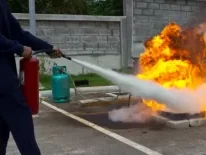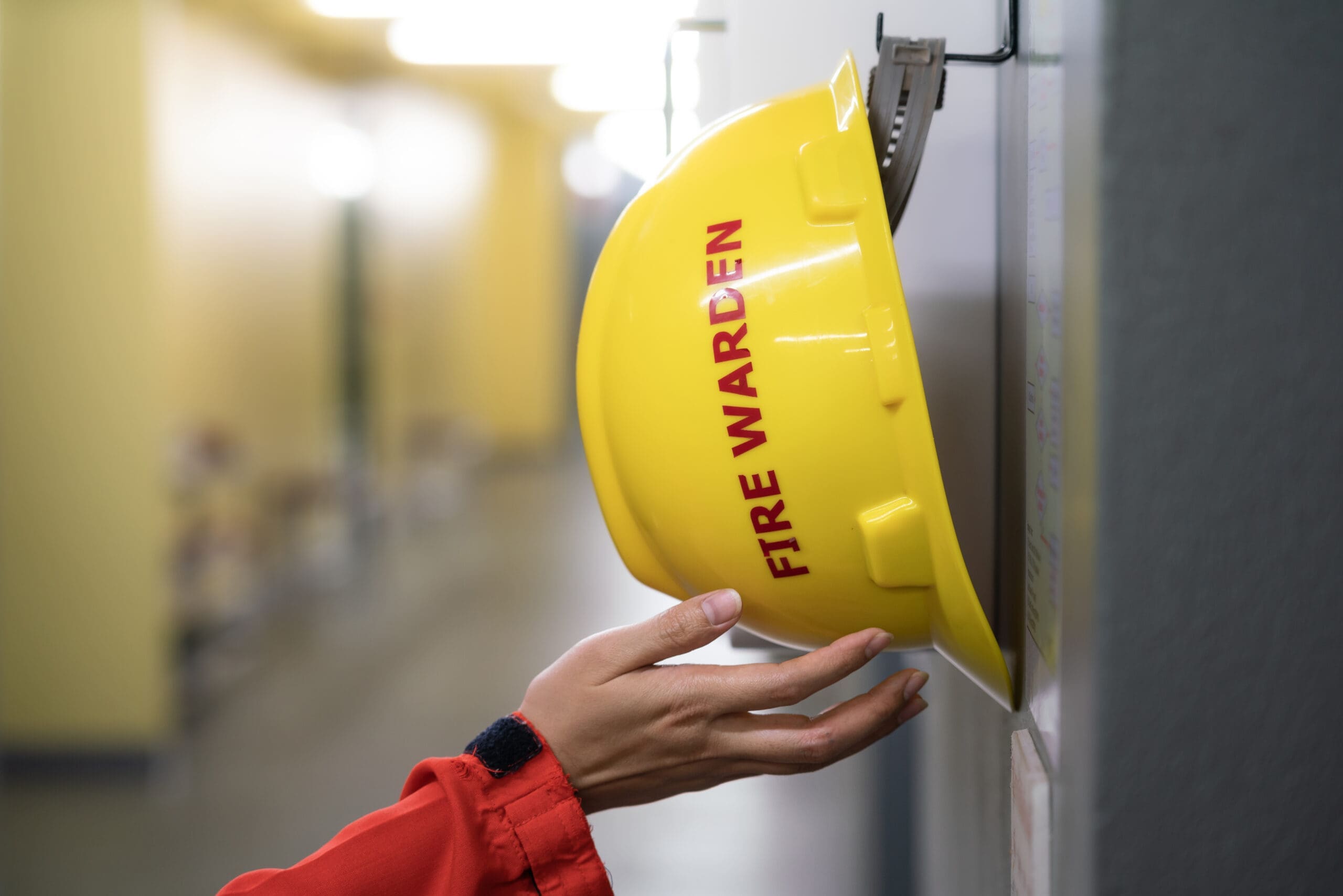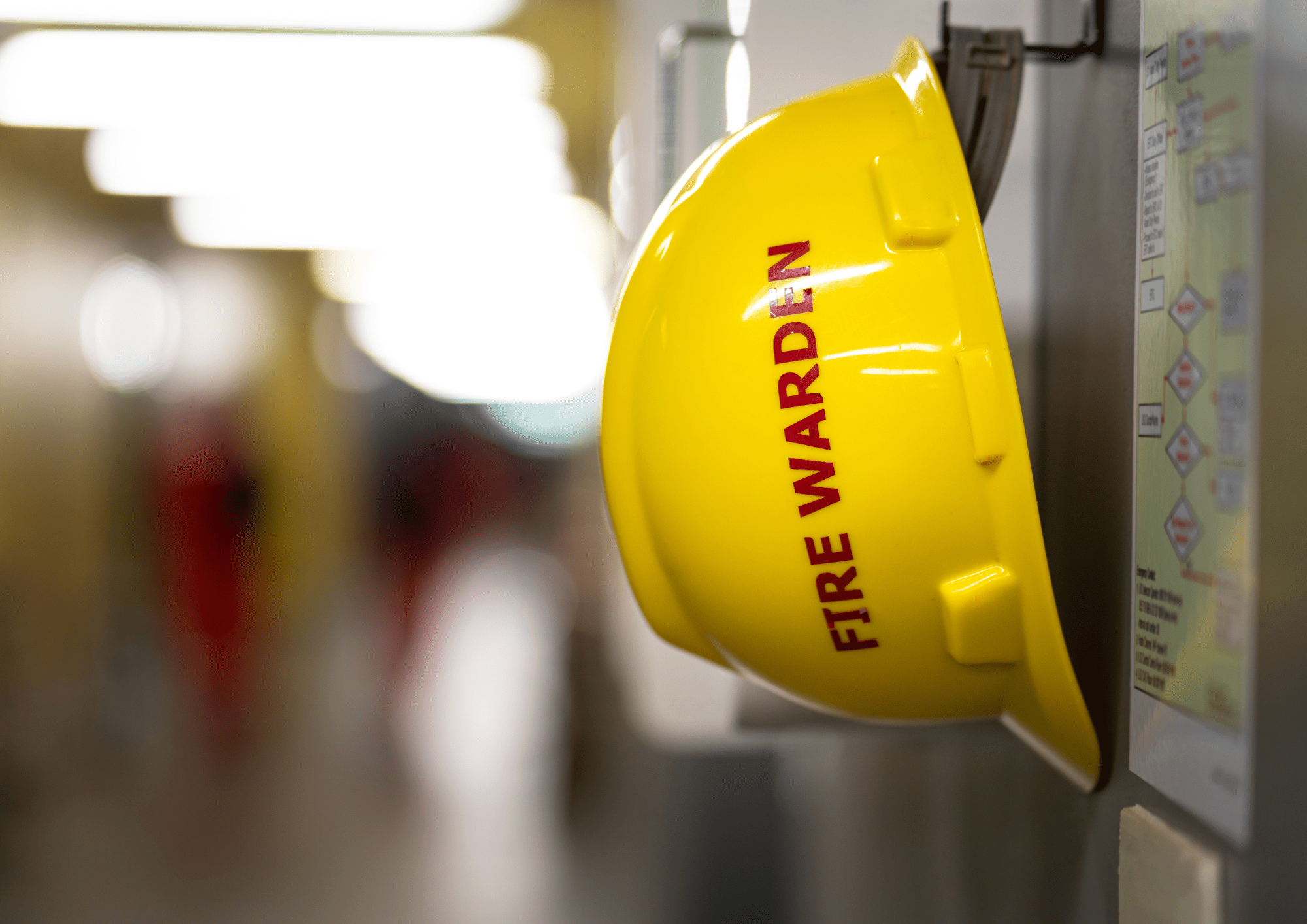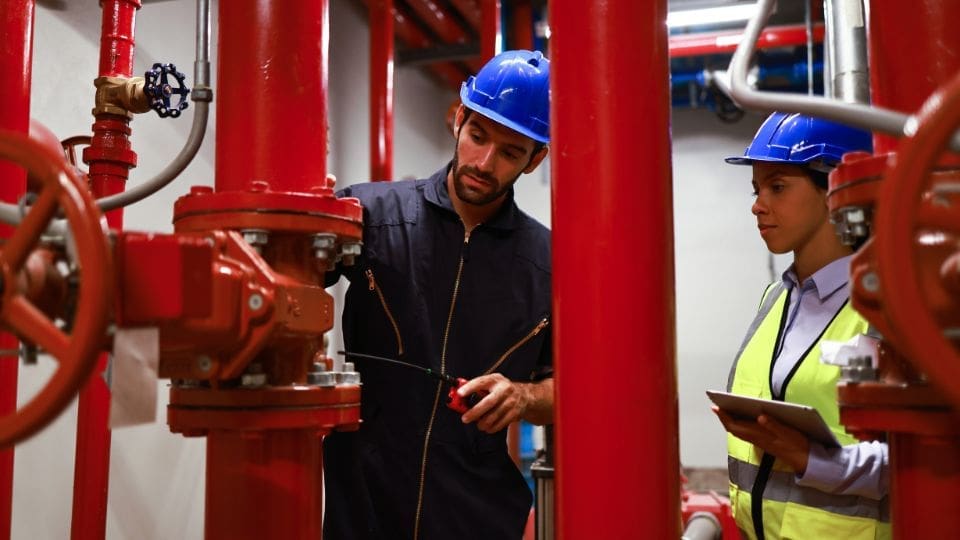Workplace fires can pose serious harm to any business. As a business owner, we understand that you want to ensure your assets’ safety and the safety of those who work for you. Without adequate planning, training, and practice, a fire in the workplace can be disastrous— one that risks the lives of your employees and the future of your business.
You should ask yourself questions such as: are my employees ready for a sudden fire disaster? Do my employees need fire extinguisher training? What fire safety training course should my employees enrol in? If you expect your employees to use fire safety equipment, you should provide the appropriate training for your employees to use the equipment safely and effectively.
Follow these workplace fire prevention tips and put them into practice as soon as possible to limit liability, ensure employee safety, and minimize potential property damage. If the worst happens, you’ll be glad you’ve stumbled upon these tips.
1. Install fire detection systems.
Installing fire detection systems and smoke alarms is a legal requirement for all businesses. Smoke alarms are the first line of defence during a fire emergency. There are automatic alarms; however, some are manual, so as a business owner, ensure that your employees know how to operate them.
You should test your smoke alarms at least once a month and replace batteries yearly.
2. Make a disaster plan for an emergency.
Make a plan that includes the information and details on what employees should do if they discover a fire and the types of warning systems in place, and evacuation procedures.
You should discuss fire escape routes among your employees. Plan your workplace fire escape routes by the rules and regulations of your local fire authority to ensure that the plan is effective.
A disaster plan can help employees know where to go in an emergency. Rather than succumbing to fear and chaos, develop a clear strategy and train your employees on how to effectively implement it.
Fire prevention in the workplace is best accomplished through planning.
3. Enrol your employees in fire extinguisher training.
You only have a few minutes to act when a fire breaks out; this is why fire safety training is needed for the safety of your workplace. Fire safety courses, including fire extinguisher training, are beneficial to ensure that your employees are ready to respond.
A portable fire extinguisher can help you blast a small fire quickly. However, you must be very careful in extinguishing a fire. Here are some of the safety guidelines you should remember in using a fire extinguisher:
– Using the fire extinguisher in confined areas would be best to prevent small fires.
– Extinguish the fire from a safe distance.
– Extinguishers should be placed on every level of the workplace, near sources of ignition, and near exits if possible.
– To be prepared for another fire, replace or recharge your fire extinguisher immediately after use.
4. Install emergency lighting.
There must be adequate lighting along all emergency routes and exits. Include lighting at every door, corridor, change of direction and floor level, staircase, and near fire-fighting equipment and alarms. Make it a habit to test emergency lighting regularly.
5. Smoke only in designated areas.
Smoking should never be permitted inside the storage areas or work areas where it is prone to sparks. Ensure that employees only smoke in designated areas or not at all if the workplace is deemed too dangerous for open flames.
6. Conduct regular fire drills.
Practice fire evacuation procedures at least once a year to ensure that all employees know what to do and where to go. If evacuation routes are changed significantly, conduct a fire drill as soon as possible.
Preparing for a fire emergency is critical, but preventing workplace fires in the first place is even more important. Everyone is responsible for workplace fire safety.
Keep an eye out for potential hazards and report them as soon as possible. However, if an emergency occurs, always follow the instructions of the firefighters and other emergency responders.
Every workplace should have its fire safety and evacuation plan. Your employees must have regular, up-to-date fire safety training tailored to your workplace’s fire hazards.
7. Have fire safety equipment ready to use.
Having fire safety equipment in your facility is very important to ensure the safety of your workplace and employees. Keep in mind that if your workers are expected to operate fire safety equipment in the case of an emergency, they should be trained and able to use it safely.
The following are the main kinds of this equipment:
– Fire Extinguishers
– Fire Blankets
– Fire Hoses
– Fire Suppression Systems
– Smoke Alarms
– Carbon Monoxide Alarms
At the Australian Training Institute, we use high-quality fire safety equipment for our training.
Interested in Our Fire Safety Training Courses?
At the Australian Training Institute, we offer nationally accredited courses that cover a wide range of topics. Our training courses can be life-saving because they teach you valuable emergency skills that you can use.
We have developed many long-standing relationships as a trusted service provider to major corporations, private clients, small business operators, and their families. Australian Training Institute is more than just another RTO; we are a family passionate about training, and all our employees adhere to traditional values that shape our corporate culture.
Attend our courses and experience excellent training in an efficient, welcome, and enjoyable environment.
Learn from our experts how you can save lives in any disaster and emergency. Enrol yourself or your employees in our training. If you wish to know more about our services and the courses that we provide, do not hesitate to call us! You can reach us at 07 3269 5005, visit our website, or visit us at 7/51 Brighton Road, 4017, QLD.




